Seal Impression with Prancing Horse
Iron Age IIC, End of 7th–Beginning of 6th Century BCE
Image
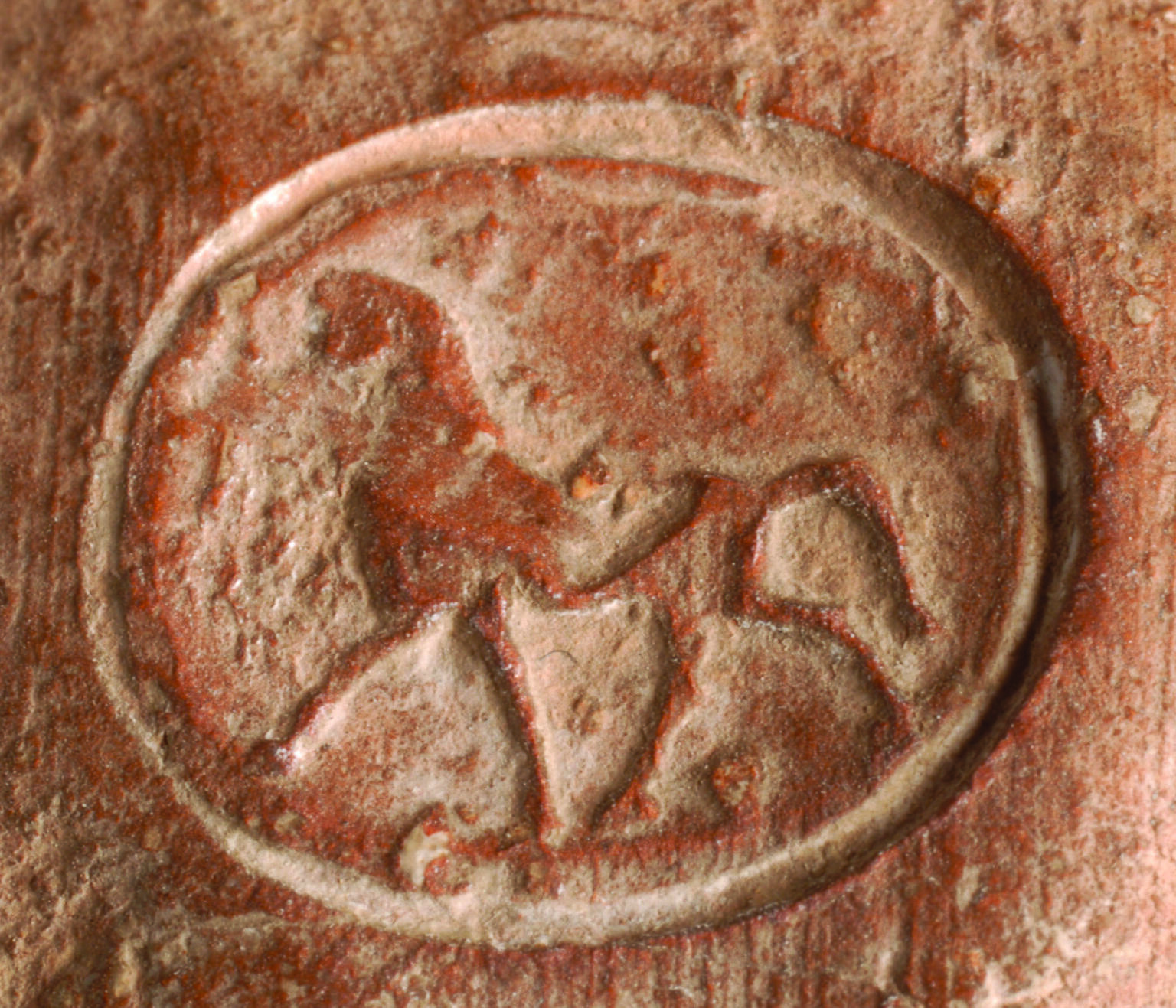
Engage with this Source
Related Guide
Visual Culture and Performing Arts in Ancient Israel
Biblical Period
Evidence for the material culture of ancient Israel comes mostly from artifacts and archaeology and attests to the influence of the great empires that surrounded Israel.
Related Guide
Provenance and Dating of Artifacts from the Biblical Period
Biblical Period
Artifacts help historians reconstruct the past, using layers of excavation to establish the chronology of the sites they excavate.
You may also like
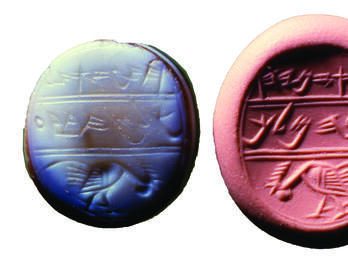
Seal of Yaazanyahu (Jaazaniah), Servant of the King, with Rooster
This agate seal with an image of a rooster was found in a Roman-period tomb at Tell en-Nasbeh (Mizpah), but its script dates it to the late seventh or early sixth century BCE. The bottom register…
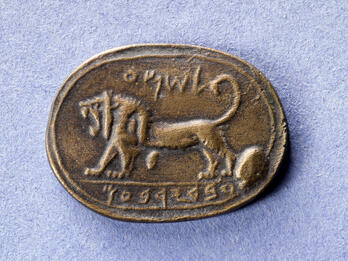
Seal of Shema, Servant of Jeroboam, with Lion
A large lion dominates this seal, appearing between the owner’s name (Shema) and his title (servant of Jeroboam). The lion’s jaws are open and its tail curves upward, making the animal appear larger…

Bulla of Shebanyahu Son of Samak, with Grazing Doe
The top register of this bulla from Tel ‘Eton shows a grazing doe, carved deeply into the seal with a high degree of craftsmanship. Images of grazing or browsing horned animals were popular, appearing…
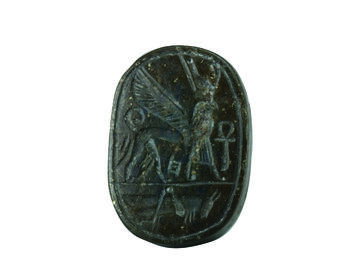
Seal of Ḥaman (or Ḥiman), with Griffin and Locust
The upper register of this seal from Megiddo, made of black serpentine with white spots, has an image of a striding griffin wearing a kilt and an Egyptian double crown, with an Egyptian ankh symbol…
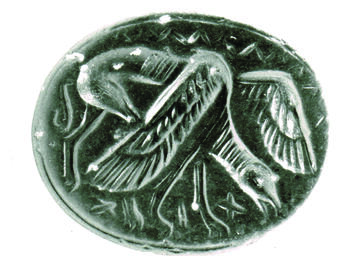
Seal with Grazing Griffin
The griffin on this black stone seal found in Jerusalem has a bovine body. Its wings are held out and down.
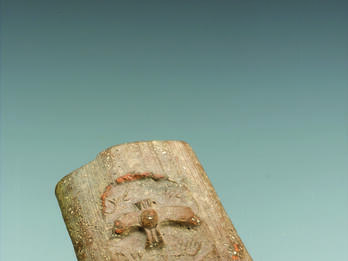
Lamelekh Seal Impression with Winged Sun Disk
Many of the seal impressions, with the inscription lamelekh “(Belonging, or pertaining) to the king,” followed by the name of a city, feature a two-winged figure, probably a winged sun disk…

